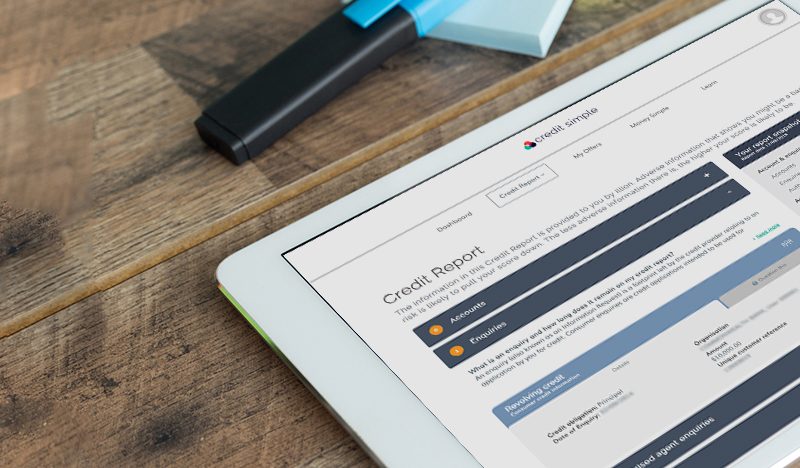Credit cards: Why a low-interest or balance transfer credit card could work for you
How credit card balance transfers work
If you find yourself in credit card debt, paying a huge amount of interest every month and never making any reduction in the balance because it’s all going in interest, a balance transfer could be your way out. In a way you would be paying off your credit cards with another credit card, but the crucial difference is that the new credit card may come with an interest rate holiday. (After a basic card? Click here to read more.)
This means you can temporarily pause interest while you pay off your credit card debt.
Keep in mind that a balance transfer is not magic. You will still owe the debt, and if you don’t pay it back in a timely manner you will end up paying lots of extra money in the form of interest.
To make it worth your while, you’ll be looking for two things:
- Low or no fees for balance transfers
- Introductory zero interest rate
Balance transfers are not usually free. Some issuers charge a percentage fee of the balance as the fee for the transfer, but not always. It’s worth looking for one that’s free.
Most importantly though, for a certain period, somewhere between 12 and 24 months usually, you’ll pay 0% interest. This is your big break, if you use it wisely. The downside is that if you don’t, you could end up with even more debt.
So before you commit to a balance transfer, it’s a really good idea to work out a plan for getting that debt paid off while you’re paying no interest. Otherwise, a year or two on, you’ll be right where you are now. Or worse, if – as some people do – you use the balance transfer to pay off the old card, and then go on using it as well as your new one, and then when your 0% interest period comes to an end, you’re paying high interest on not one but two cards and you’re maxed out on both of them.
Even if you can qualify for a balance transfer offer, consider your plan for paying down the debt before you go ahead. You may be wondering how a balance transfer might affect your credit. Depending on your credit history, it might lower your credit score in the short term, but in the long run, if it means you’re getting on top of things, you might end up in a better position.
Here are some things to consider about the terms and fees.
Make sure you know how long your 0% intro rate will last and make sure you understand all the terms and conditions that apply. Also make sure the rate you apply for is the rate you end up with.
Once you’ve made the balance transfer, make sure you pay off your credit card debt so you can eliminate or avoid interest. You may also want to take a look at your spending habits and avoid accumulating more credit card debt while you’re paying off the balance transfer credit card so you don’t end up in the same situation again. Money Simple can help you with that (click on the tab at the top to access our free spend tracker).
You might set up an automatic payment plan to get the whole balance paid off before the period ends. And you might want to think about putting both cards away and not using either of them again until you’ve paid the whole debt off.
The key questions to ask are these:
- How long’s the 0% period?
- What’s the ongoing interest rate?
- What does the card’s balance transfer policy say?
- Does it let me you create my own debt payoff plan on an online portal?
- Does it have late fees or penalty rates?
Here are a few more tips to keep in mind with no-fee balance transfer cards.
Sometimes (but not always) you’ll be charged a fee to transfer the debt(s), such as a percentage of the balance being transferred.
There’s usually a balance transfer period, when you’ll pay no interest or a low interest rate. Be mindful of what the interest rate is after the balance transfer period lapses. This should be specified in the offer and the terms and conditions. The balance transfer interest rate can apply to the debt you’ve transferred, to new transactions, or both. Check it.
It can be extremely swift to sort out a balance transfer, but in some cases it can take up to two weeks, so make sure you keep paying your bills in the meantime.
Transferring the balance doesn’t necessarily mean you’ve closed the old account, so contact your former credit provider and make sure it’s sorted.
All in all, a balance transfer credit card can be in your favour, to help you consolidate debts and pay them down. It’s all about how you put it to work.
And keep a watch on your credit score, right here at Credit Simple.
- Post Tags:
- credit cards
- credit score
Credit Simple
Credit Simple gives all Australians free access to their credit score, as well as their detailed credit report. See how your credit score compares by age, gender and community and gain valuable insights into what it all means.
All stories by: Credit Simple


